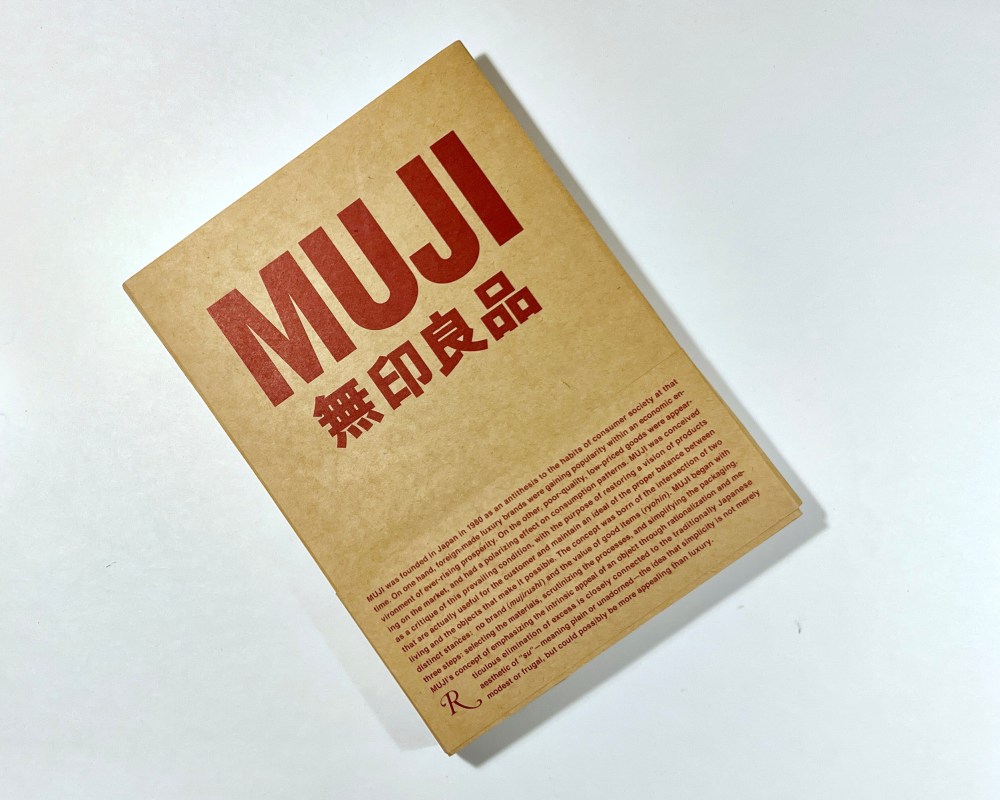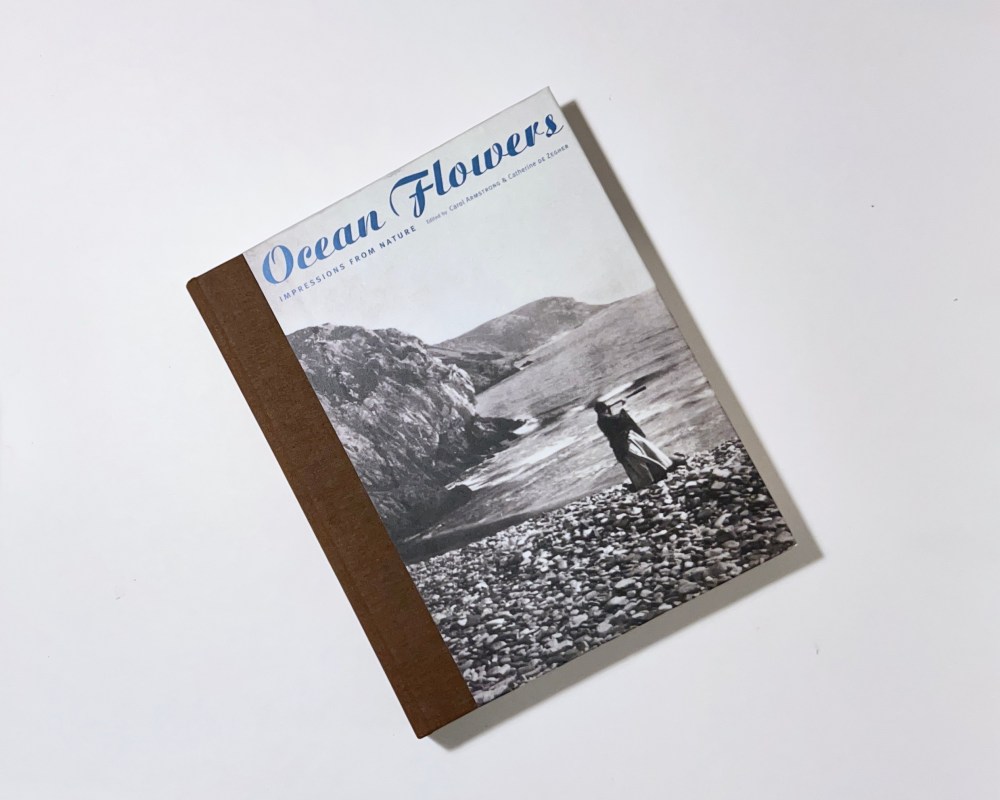Designers are fascinated with illustrated books for their aesthetic appeal and visual storytelling. My library is full of beautifully crafted tomes adorned with rich illustrations, striking typography, and a materiality that reveals special attention to detail by its maker. Yet, many of these books are cherished not for the narratives they contain but for the sheer pleasure derived from their visual content. I confess that of the thousands I own, many remain unread but not unloved. When I do read these books, I’m never disappointed. I appreciate a great author’s ability to fully dimension what I see in the images.
The following are ten books that I’m particularly fond of (and pledge to read one day):
Come Alive! The Spirited Art of Sister Corita by Julie Ault
With its boldly colored cover and generous 10′ x 11.5″ format, Come Alive! tells the story of Sister Corita Kent, a pioneering educator and designer of the 1960s. It tracks her career as a nun of the Immaculate Heart of Mary order, art teacher, and celebrated design crusader for anti-war and social causes. The work in the book is joyous in every sense, showing Sister Corita’s dayglo color palette, jaunty collages, and handwriting that evoked the pop sensibility of her native California. However, her vibrant and playful imagery never diminished the “bite” ideally suited to the causes she championed.


Fleckhaus: Design, Revolt, Rainbow by Hans-Michael Koetzle and Carsten Wolff
I’ve admired the brilliant work of Willy Fleckhaus for decades. This German art director is legendary in the magazine publishing world for his breakthrough editorial design for Twen, an arts, music, and culture monthly that captured the wild vibe of the ’60s revolution, German style. The book Design, Revolt, Rainbow, an in-depth account of his impressive career, offers a luscious collection of projects, including other noted magazines and his famous spectral color book covers for the publishing house Suhrkamp. But for me, it’s Fleckhaus’ explosive use of type, provocative photos, and muscular layouts on the pages of Twen that are his enduring legacy.


Tools: Extending Our Reach by Cooper Hewitt Museum
As a catalog for the Cooper Hewitt Museum exhibition, TOOLS: Extending Our Reach is a tribute to human ingenuity. It is a comprehensive collection of inventions spanning commonplace gadgets to highly specialized equipment from past millennia to today. Flipping from the back of the book, I can stop at any page and marvel at the design “demands” of creating an ice cream scoop or a solar-powered satellite. The combination of exquisite silhouette photos and descriptive diagrams make this book a delightful source of inspiration.


Muji by Jasper Morrison, Naoto Fukasawa, and Kenya Hara
I confess that I’m a MUJI maniac. I’ve been shopping this brand since I first saw their products displayed in the MoMA design store years ago. My bookshelves, wardrobe, luggage, alarm clock, and toothbrush are part of my MUJI life. However, I haven’t read the beautiful monograph about this iconic Japanese “no brand brand.” Designed by Kenya Hara when he was head of Global Design, I always enjoy seeing the vast collection of defiantly functional and elegant designs on its pages. Digging deeper, you can learn what makes this brand tick, like its pillars: creating simple products at reasonable prices, optimizing material use, and minimizing environmental impact.


Painting and Poeting by Alan Fletcher
Picturing and Poeting by the late Alan Fletcher, a founder of Pentagram, is a treasure for its insight into the heart and soul of a design legend. Witty, playful, and deftly clever, Fletcher looks at the world with the curiosity and joy of a child. I always discover some new visual delight when looking through this book. It also has sentimental significance because my first job interview was with Alan in London in 1973. It went well, and he asked if I would be willing to “expatriate.” I wasn’t, but it was nice to be asked.


Depero Futurista Bolted Book by Fortunato Depero
I’m not alone in purchasing books for their object quality; many “book junkies” do. Fortunato Depero‘s 1927 treatise on Futurism, also known as the Bolted Book, is a prime example. This classic book was reproduced in 2017 as a stunning facsimile by Steve Kroater of Designers and Books with an accompanying reader guide and historical background. Complete with various papers, die-cuts, and two-steel bolts for the binding, it is a remarkable tour de force in concept, design, and production.


Every Thing Design: The Collections of the Museum of Design Zurich by Christian Brändle and Verena Formanek
Another “book as object” I love is Every Thing Design, a 6″ h x 5″ w x 3″ d comprehensive catalog of design objects in every media at the Museum of Design in Zurich. This 862-page “brick” is designed by the celebrated Dutch graphic designer Irma Boom. In bold sans serif white type, the title wraps around the book’s edges and serves as a billboard on a bookshelf. It is a visual delight, and its sheer presence commands attention.


Zero: Hans Schleger – A Life in Design by Pat Schleger
Until I purchased this book, the designer named “Zero” was unknown to me. Zero is a pseudonym for Hans Schleger, a brilliant mid-century designer who worked in New York, Berlin, and London. Paul Rand wrote the forward for this book. When you study Zero’s portfolio, it recalls the same richly playful style of Rand. His design also echoes the painterly language of fine artists of the period, such as Calder and Miro. Although a devotee of Bauhaus principles and reductive order, Zero also embraced his soft-edge humanistic side in work for clients, which this book aptly captures.


Robert Brownjohn: Sex and Typography by Emily King
Robert Brownjohn was a graphic design rebel in the 1950s. He was an instrumental force and partner of the dynamic young firm Brownjohn, Chermayeff, and Geismar for a brief time. “BJ,” as he was known, was full of great ideas, resulting in artful campaigns for corporations and institutions. This book’s cover is printed on gold foil referencing one of Brownjohn’s famous creations, the opening titles for the 1964 James Bond film Goldfinger. Here, he projected the type on the gilded body of a model, an approach that was provocative for its time. The book offers interviews with his past partners and a wide range of arresting images in all media.


Ocean Flowers: Impressions from Nature, edited by Catherine de Zegher and Carol Armstrong
This spectacular book might not be considered a “design story” in the conventional sense, but it is a treasure trove of images that inspire design. From its 30-page opening with full-size cyanotypes by Anna Atkins, the pioneer of the medium in the Victorian era, to the meticulous botanical illustrations and scientific notations, Ocean Flowers is a rare and unusually sensuous publication. It is the antithesis of an overly designed spectacle that is more about a designer’s ego than the book’s content. I love its design restraint and authoritative pictorial survey of nature’s beauty. Now out of print, this book is one of my prized possessions.


The allure of illustrated books of this caliber is they can be experienced and as well as read. I have often enjoyed paging through these books at a leisurely pace, studying the impressive visuals, glancing over the captions, and refilling my well of creativity bit by bit and page by page as if by osmosis.
Pictures may not always be worth a thousand words, but they often offer a compelling way to tell a story.
Next month: “The Worst Four-Letter Word?“
Ken Carbone is an artist, designer, and Co-Founder of the Carbone Smolan Agency, a design company he built with Leslie Smolan over 40 years ago. He is the author of Dialog: What Makes a Great Design Partnership, a visiting lecturer at numerous design schools, and TED X speaker. A recipient of the 2012 AIGA medal, he is currently a Senior Advisor to the Chicago-based strategic branding firm 50,000feet.
